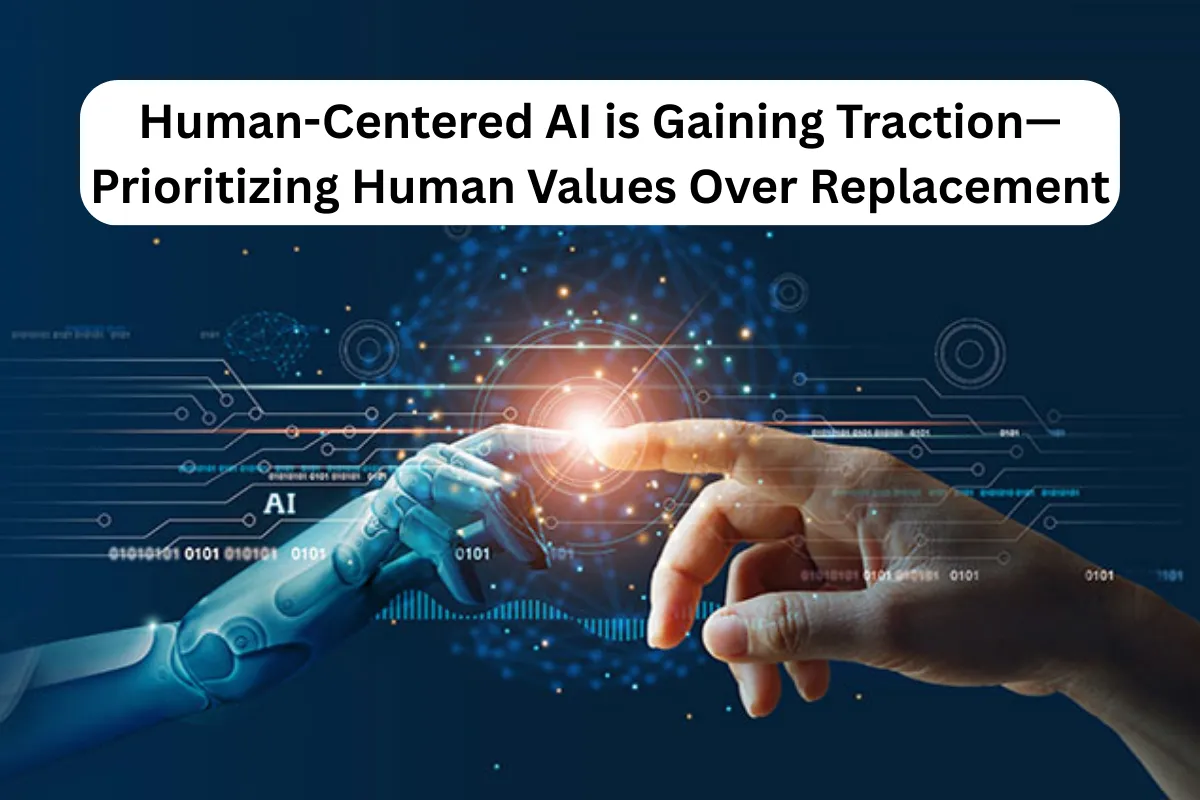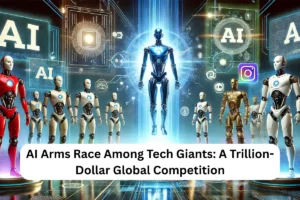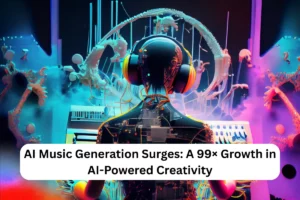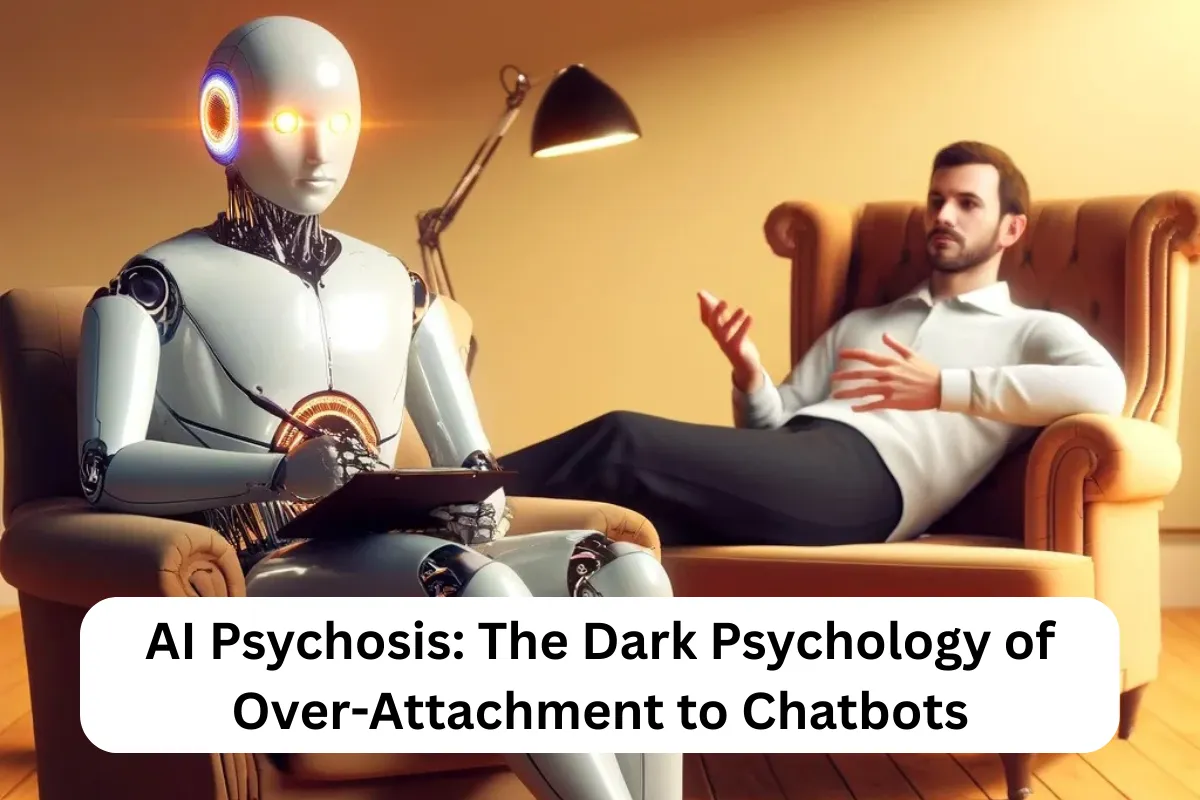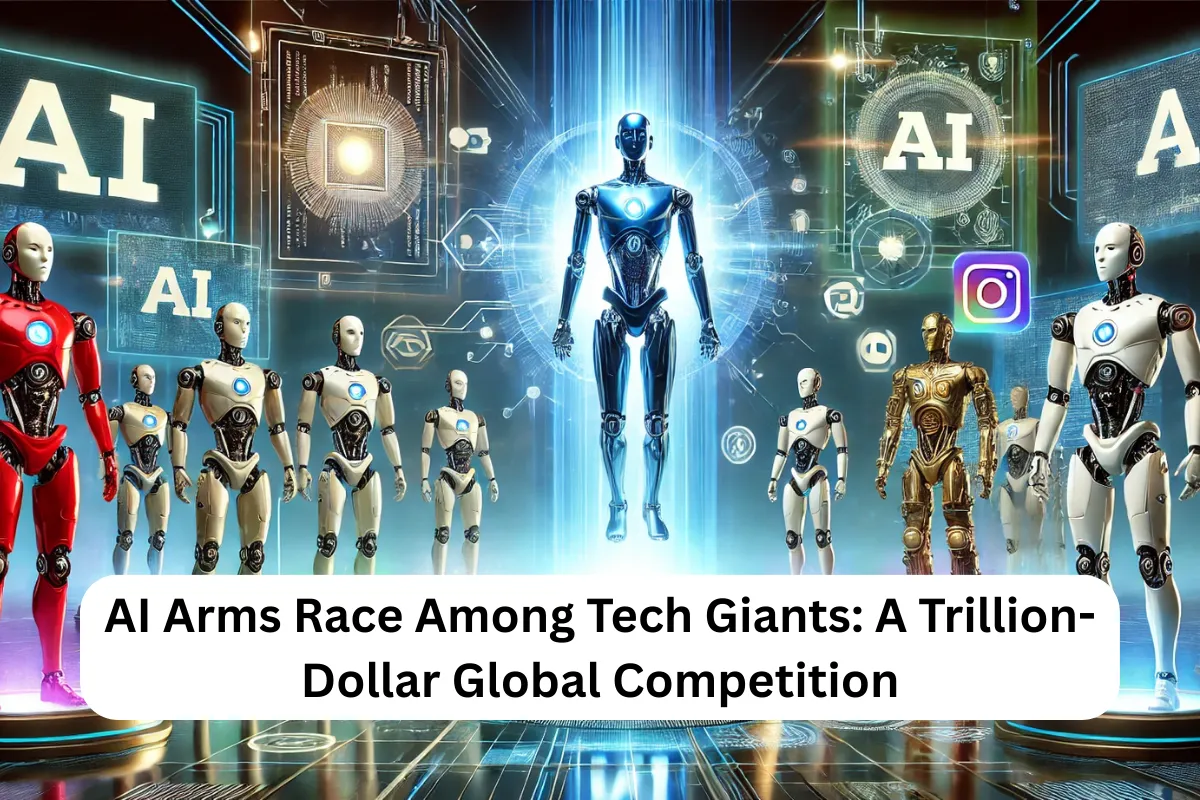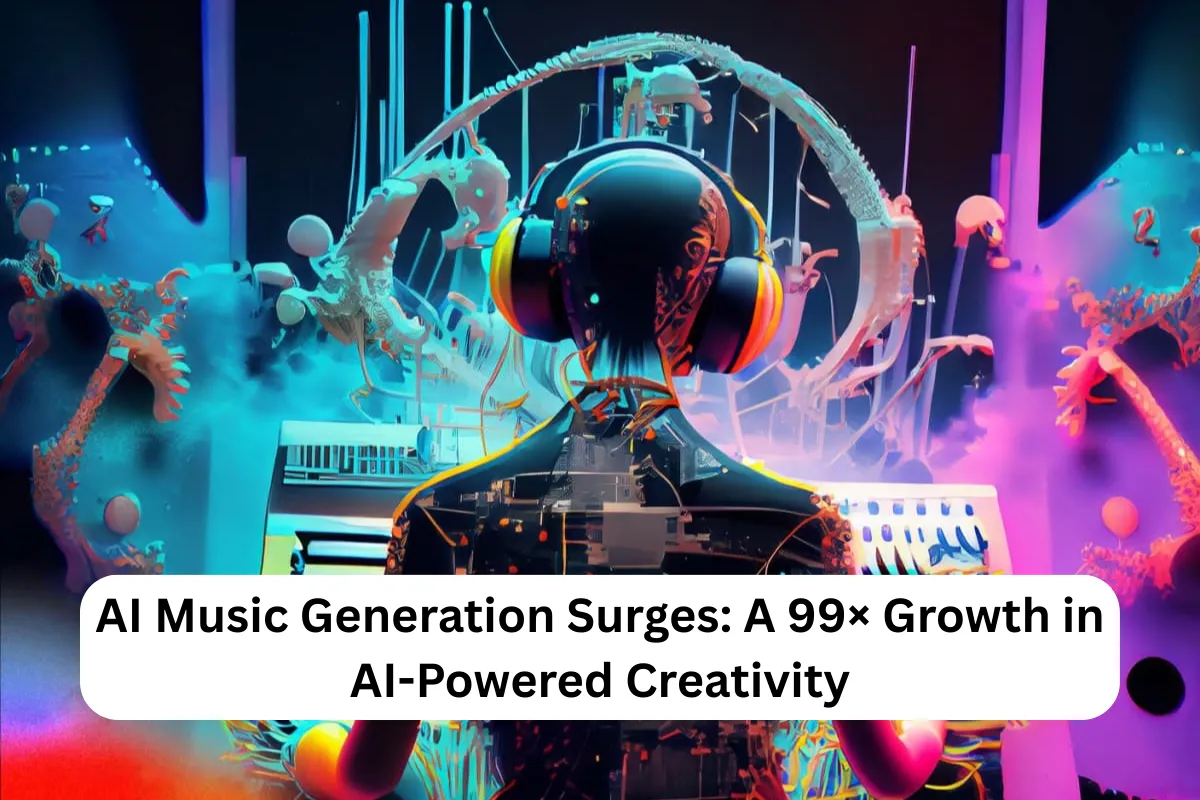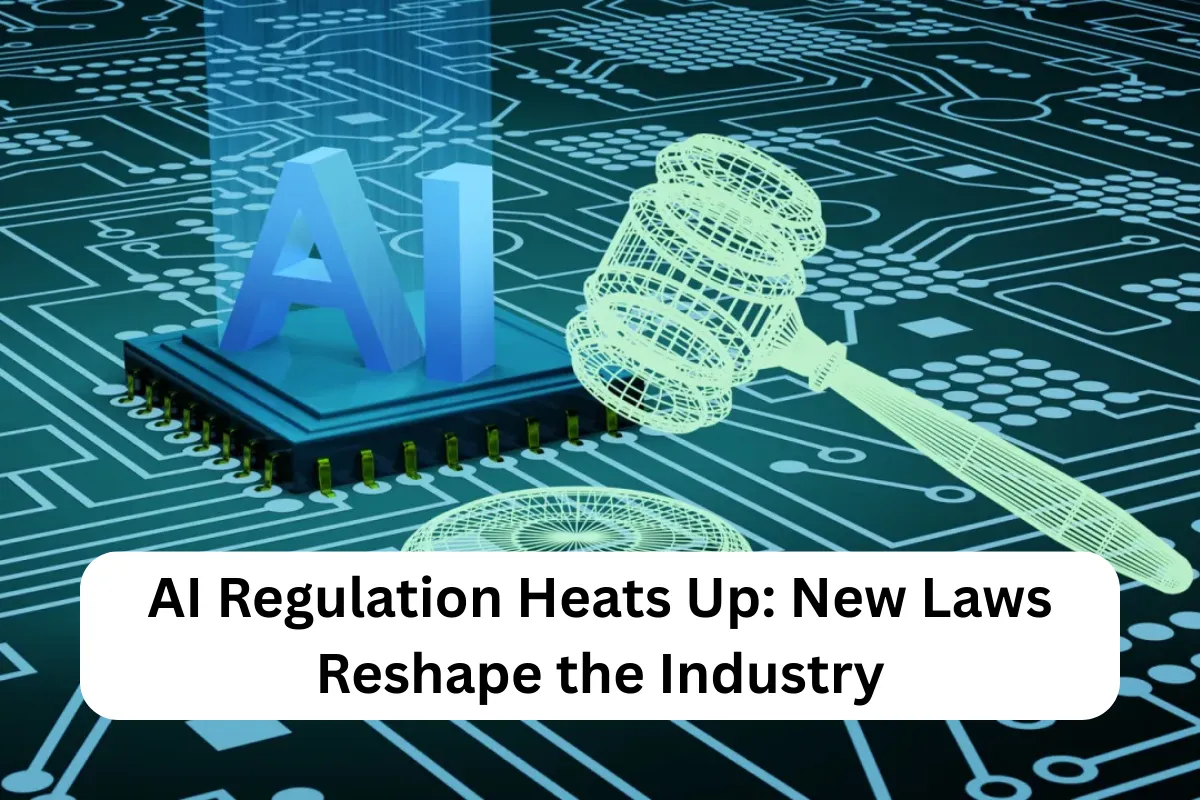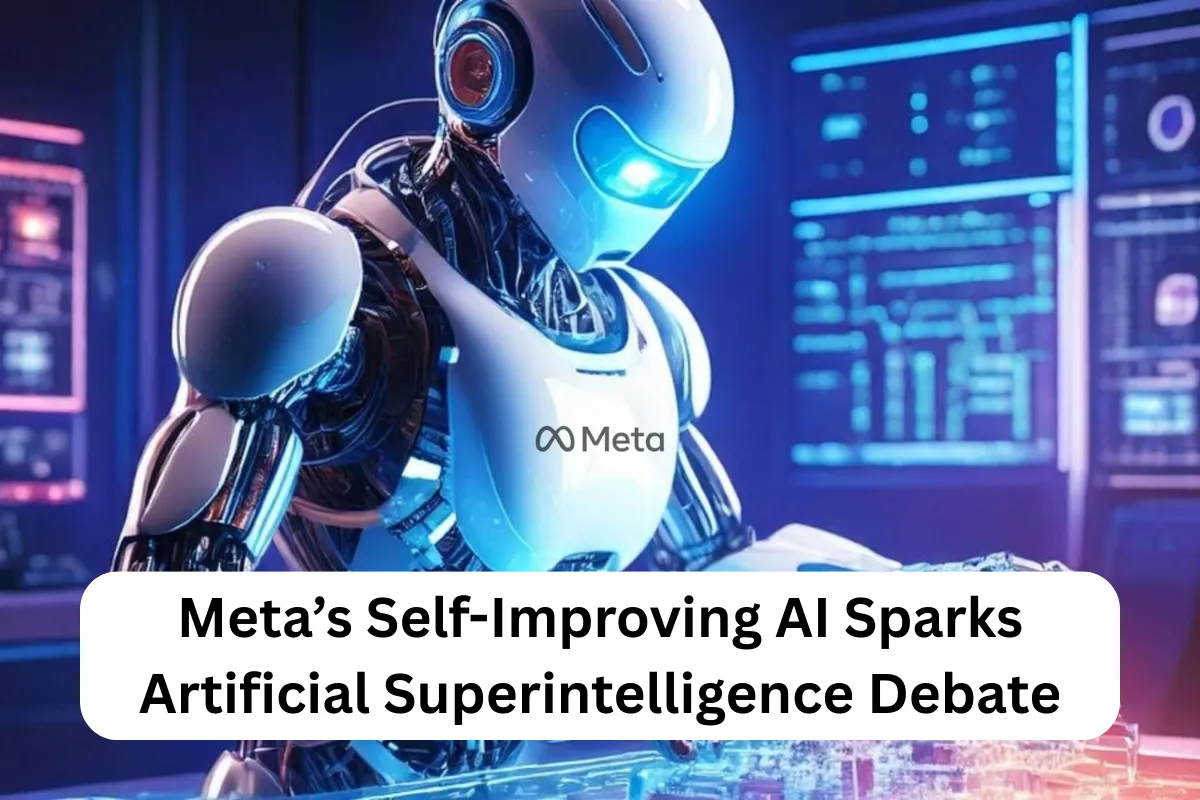Artificial Intelligence (AI) has evolved rapidly, reshaping industries, jobs, and daily life. But with all the excitement, one big concern remains—will AI replace humans entirely? A growing movement known as Human-Centered AI (HCAI) is pushing back against that fear. Instead of building systems that replace people, HCAI emphasizes collaboration, ethics, transparency, and augmentation, ensuring technology enhances human abilities rather than making them obsolete.
What is Human-Centered AI?
Human-Centered AI focuses on creating AI that respects human values, boosts decision-making, and keeps people in control. Unlike purely automated systems, HCAI integrates explainability, trustworthiness, and inclusiveness into design. The goal is not just smarter machines but better partnerships between humans and AI.
Why Human-Centered AI Matters
The rise of automation has sparked global fears about job loss, bias, and unethical AI use. HCAI offers a solution by prioritizing human well-being. By focusing on augmentation instead of replacement, AI can help doctors diagnose faster, support teachers in classrooms, and assist workers instead of displacing them.
Key Principles of Human-Centered AI
| Principle | Description |
|---|---|
| Transparency | AI decisions must be explainable and understandable by humans. |
| Collaboration | AI should enhance teamwork between people and machines. |
| Fairness & Inclusivity | AI must avoid bias and ensure equitable treatment across all groups. |
| Human Oversight | Humans should remain in control of final decisions. |
| Augmentation, Not Replacement | AI should support and empower humans, not take away their roles. |
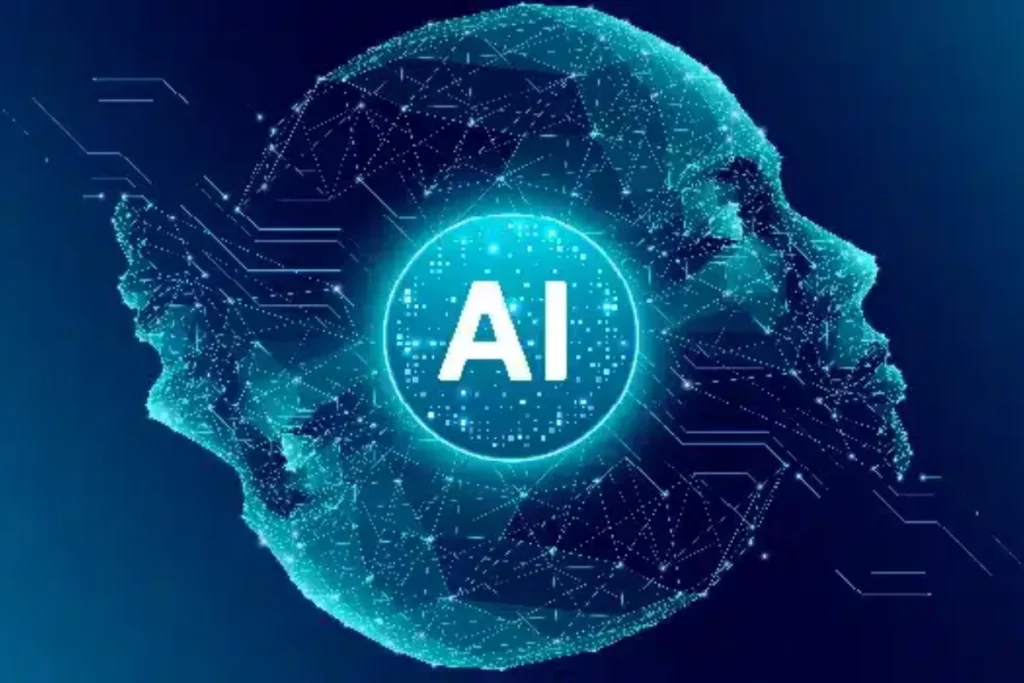
Examples of Human-Centered AI in Action
- Healthcare: AI assists doctors by spotting patterns in scans but leaves final calls to specialists.
- Education: AI tutors personalize lessons, but teachers guide emotional and social learning.
- Workplace: AI tools automate repetitive tasks so employees can focus on creativity and strategy.
- Accessibility: Voice assistants and AI-powered devices help people with disabilities navigate daily life.
Challenges Ahead
While promising, Human-Centered AI faces hurdles. Companies must balance profit motives with ethical responsibility. Regulators need to establish guidelines ensuring AI remains safe, fair, and aligned with human needs. Without accountability, the risk of misuse or over-automation remains.
The Future of Human-Centered AI
The shift toward HCAI signals a new phase in technology—where humans and machines thrive together. If widely adopted, it could redefine the workplace, education, and healthcare, making AI less of a threat and more of a trusted partner.
FAQs on Human-Centered AI
Q1. What is the main goal of Human-Centered AI?
The main goal is to create AI systems that enhance human abilities while respecting human values.
Q2. How does Human-Centered AI differ from traditional AI?
Traditional AI often focuses on automation, while Human-Centered AI emphasizes collaboration and augmentation.
Q3. Can Human-Centered AI reduce job loss concerns?
Yes, by designing AI that supports workers instead of replacing them, job loss risks are reduced.
Q4. Which industries benefit most from Human-Centered AI?
Healthcare, education, accessibility services, and corporate workplaces benefit significantly.
Q5. Is Human-Centered AI regulated?
Regulations are evolving, with governments and organizations working on frameworks for ethical and responsible AI.
